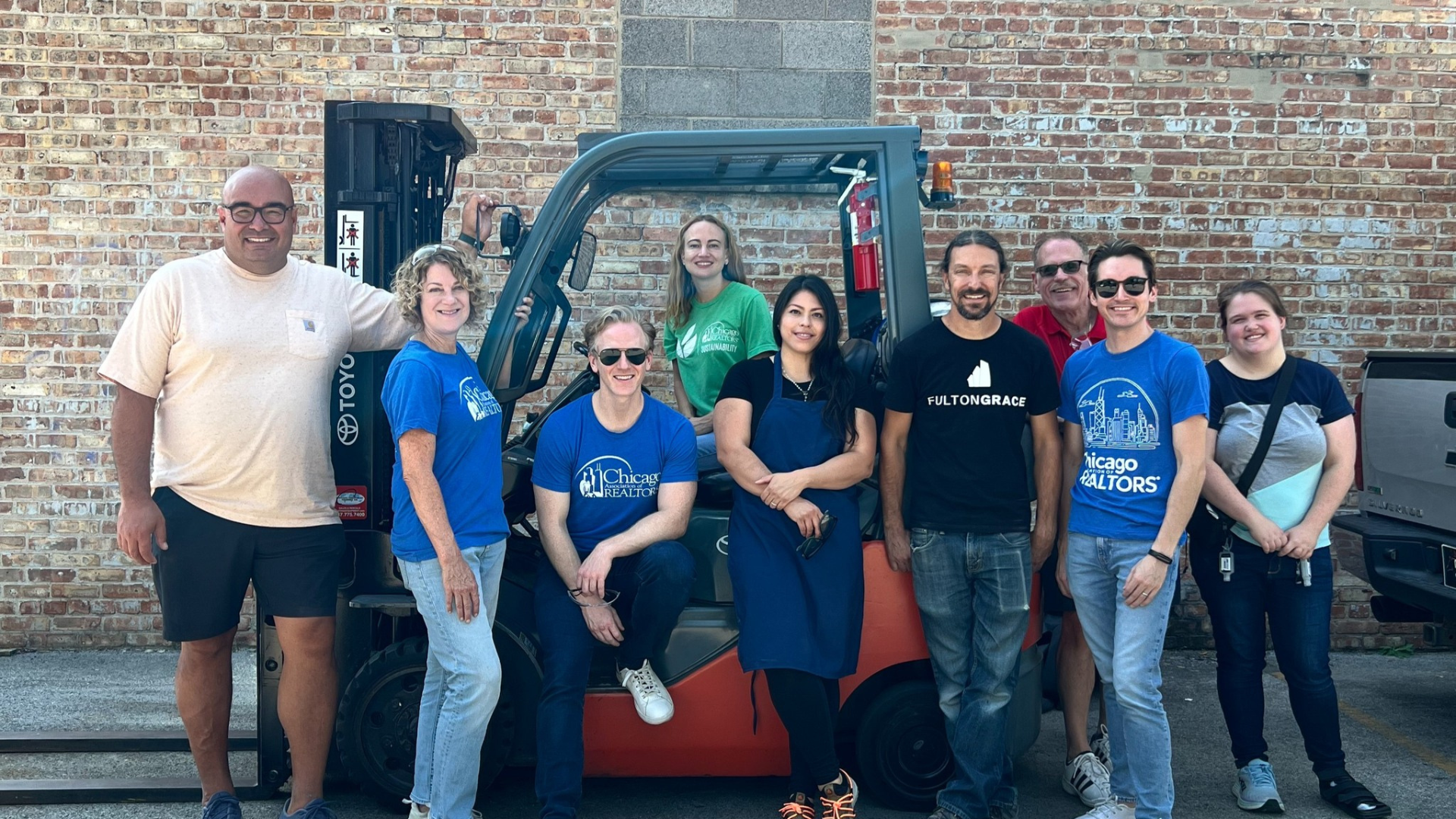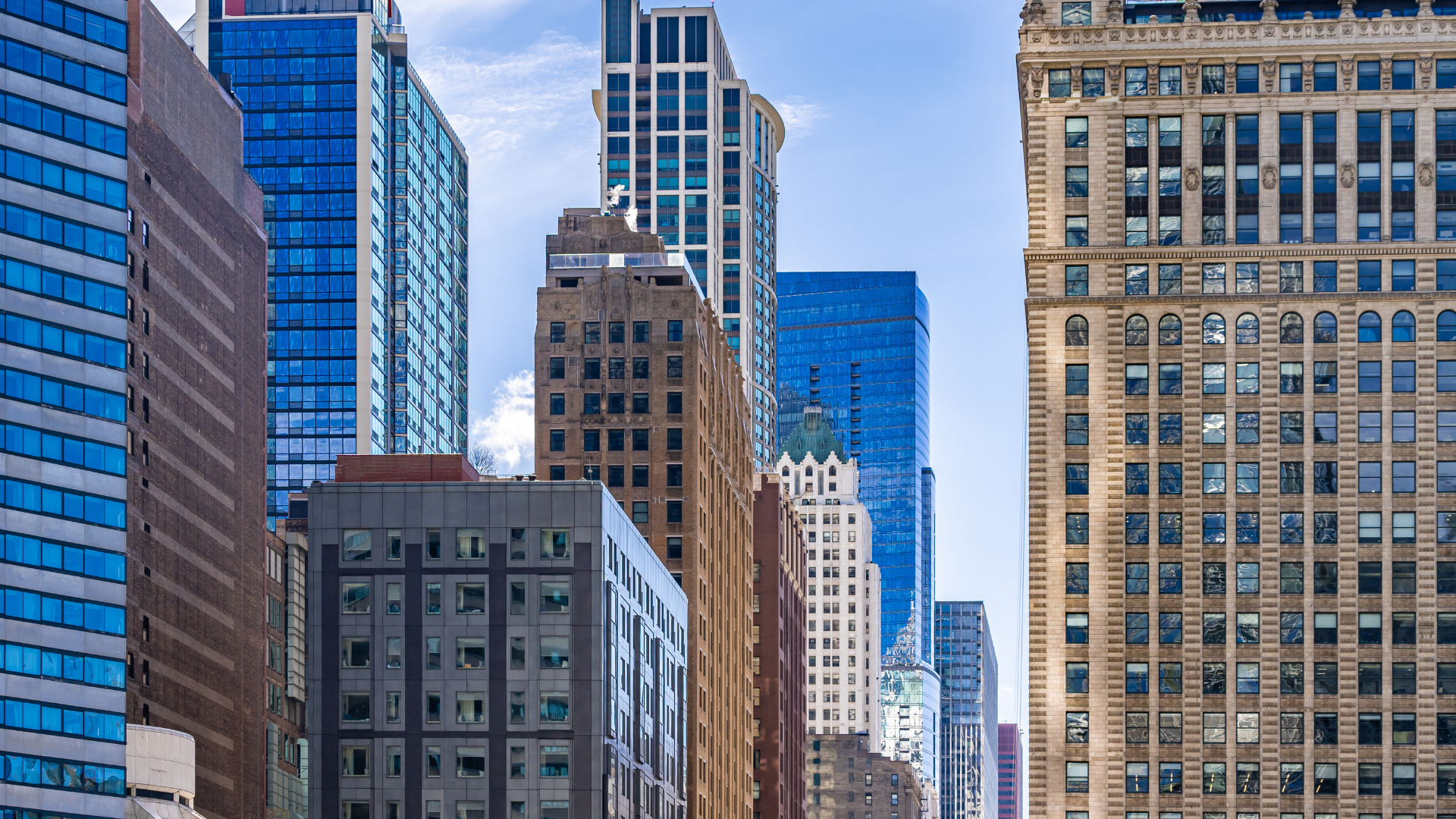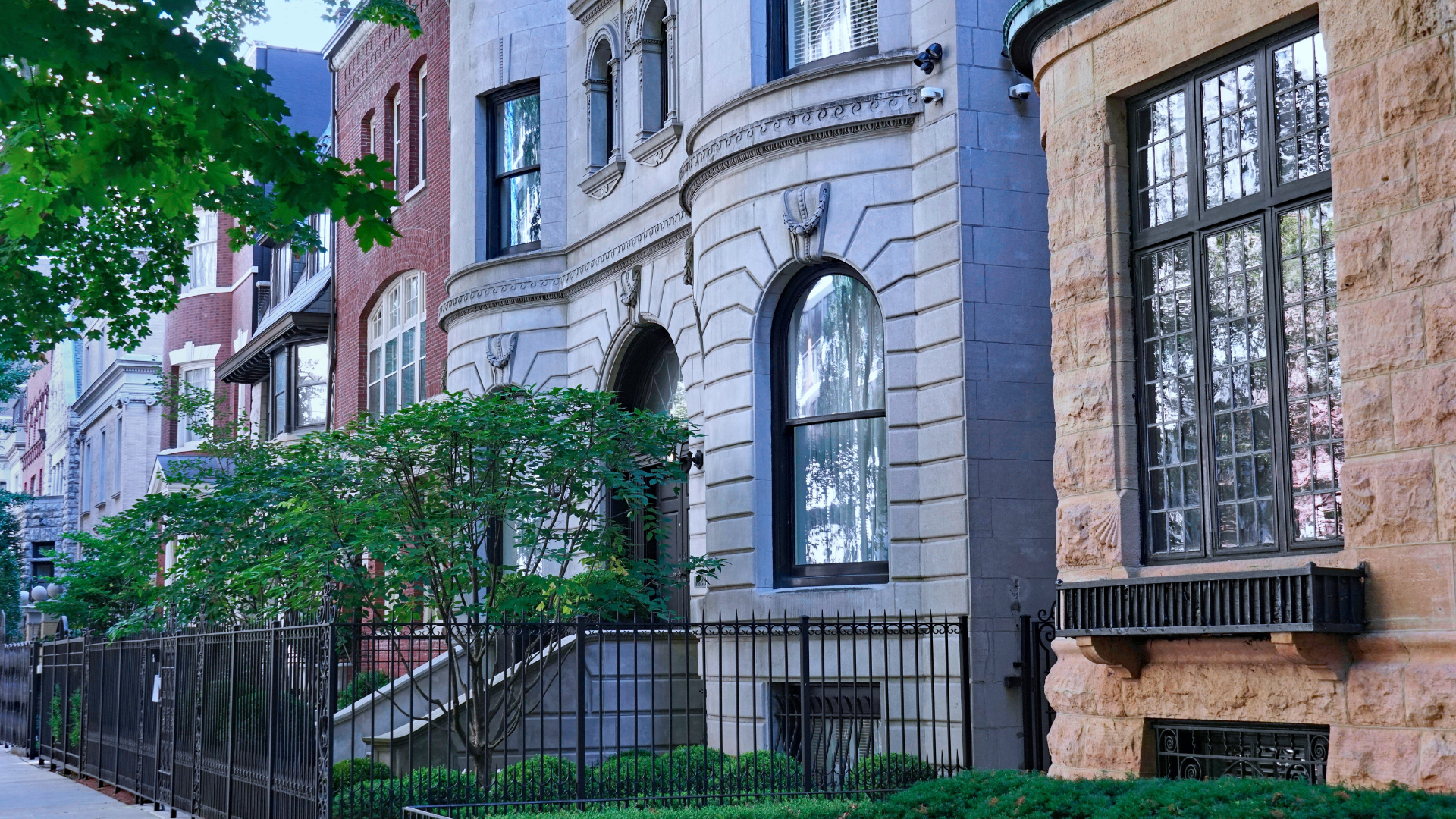Pullman is the only one of Chicago’s 77 neighborhoods to have city, state and national landmark status. Located on the south side, right in between 103rd Street and 115th Street, Pullman is filled with residents who take pride in the neighborhood’s rich history and incredible architecture — and on the first Sunday of every month between May and October, visitors flock to the Pullman walking tour to get an up-close look at the historic district themselves.
A CASE STUDY FOR URBAN DEVELOPMENT
In 2015, President Barack Obama named Pullman a National Monument. You don’t have to spend long in the neighborhood to understand why. In addition to the magnificent architecture, the neighborhood is a case study for innovation and urban development. Murals, museums and longtime residents are quick to tell the story of how it came to be.
George Pullman, an engineer, came to Chicago in the 1880s to help raise the city’s buildings to improve its sanitation, although he became famous for his Pullman Palace Car Company, a line of exquisite train cars designed to make long-distance travel more comfortable. Pullman was able to get his train cars on tracks throughout the country, bringing luxury to the railroads.
Pullman took his business a step further by building a community for his employees. Just like he elevated the train cars, he wanted to elevate the types of towns laborers typically lived in. He envisioned a well-structured town that was stylish, safe and known for the excellence of its people and infrastructure. Pullman worked with architect Solon Spencer Beman to design approximately 900 attractive row homes with modern amenities and created strict rules and guidelines for residents. Like a true businessman, however, none of this was for free. Pullman charged high rents, built a church from which his company accepted six percent of the profits, built shopping centers with moderate to high prices and opened a hotel, which included the only bar in town. Pullman’s development became the first successful planned industrial town in the country.
However, things took a turn after the Panic of 1893, when railroads across the nation began to fail – they were overbuilt, the companies missed many of their exorbitant bank payments and drought struck, causing farmers to reduce their need for railroads. Pullman cars were no longer in demand, and naturally, jobs were lost. Pullman drastically decreased the pay of the workers who remained, but to keep his business afloat, he elected to keep rent prices as they were. As a result, a strike ensued, and people around the country boycotted the Pullman Company altogether. The strike became so intense, the U.S. military got involved to maintain order. Much of Pullman’s legacy as an innovator and businessman was tarnished by the time he passed away in 1897.
Despite the Pullman Strike, residents took great pride in their neighborhood. When the railroad industry declined in the 1960s, for instance, and a planned industrial park was set to replace the historic homes of Pullman, residents fought back. Because of its residents, Pullman has been named a city, state and national landmark to help keep its history alive, architecture intact and homes in place for the diverse laborers, artisans and businessmen and women who proudly live there today.
Historic Preservation
If you happen to be in town in mid-October, in addition to a walking tour, you can check out the annual Historic Pullman House Tour, held by the Pullman Civic Organization and the Historic Pullman Foundation. Each year, residents open their doors and allow the neighborhood’s visitors to get an inside look at the historic homes. The proceeds from the tour go towards the preservation of the community.
Many visitors flock to view the neighborhood’s row homes, which hold much of their old charm. However, throughout Pullman, you can find a few large apartment buildings, some two-tosix flat buildings and many single-family homes. The Beman Committee of the Pullman Civic Organization, which releases guidelines to homeowners to help maintain the integrity of homes, says the homes are mostly made of brick and clay from nearby Lake Calumet. Mansard roofs are another characteristic of homes in the neighborhood as well as decorative wooden and limestone elements. In Historic Pullman, drastic cosmetic changes to homes are discouraged, if not outright prohibited. Windows, porches and staircases, for example, are to be repaired and maintained instead of replaced. In fact, permits are required for most construction in the neighborhood. While the rules may seem rigid, they help keep the sense of pride and integrity for which the neighborhood and its residents have become well-known.
Development
While Pullman is historic, it’s not stuck in time. As much as the neighborhood works to reserve its history, it also welcomes development — after all, it was founded because of business and innovation.
The Pullman Artspace Lofts are Pullman’s first large residential development in the last fifty years. The affordable units are designed with artists and their families in mind. The development, which began in late summer of 2018, will include about forty units and lots of exhibition space. While residents are happy the project will bring new jobs to the neighborhood, they are also hoping it doesn’t distract from Pullman’s historic appeal.
In recent years, the neighborhood has welcomed Whole Foods and the Method soap company. The Method building brought a wind turbine and solar tracking trees to its facilities. Its rooftop houses Gotham Greens, which provides Pullman and the larger Chicago area with chemical-free produce.
Living Here
Pullman is quieter than many Chicago neighborhoods. It’s not filled with a lot of trendy new restaurants or bars. Most residents get around by car, train or bus via the Pullman Metra on 111th and Cottage Grove. Still, there are a few classic, must-visit places as well as some very interesting things to do, see and get involved with.
Learn
The Pullman National Monument, or Pullman District, is where you can see how Pullman came to be. Administration buildings, Hotel Florence and the Clock Tower, each built in the late 1800s, are just some of the highlights of the historic site.
To learn more about how Pullman went from an idea to the first planned urban community of its kind, visitors are encouraged to visit the Historic Pullman Foundation to watch videos and get tours of the town. The National A. Philip Randolph Pullman Porter Museum offers a closer look at the Brotherhood of Sleeping Car Porters (BSCP). BSCP was comprised of black Pullman porters, some who were formerly enslaved, and it became the first African American labor union. BSCP went on to play a significant role in the national labor and civil rights movements.
See
To give a full picture of the neighborhood, the Historic Pullman Foundation offers a walking tour on the first Sunday of every month from May through October. This tour gives visitors a glimpse of how Pullman used to be, how it is today and what it will become after all the planned restorations are complete.
One thing to take notice of during the walking tour is the green space. George Pullman insisted on there being green space throughout his industrial community — and green space remains an important piece of Pullman today. While flower beds are plentiful, the Historic Pullman Garden Club, made up of dozens of local volunteers, oversees four gardens throughout the neighborhood. Countless visitors go to the beautifully maintained Arcade Park, Gateway Garden, Rose Garden and Allée Papillon sites each year. The gardens are so impressive that Pullman residents and people from all over attend the Annual Garden Walk, which the Garden Club has hosted for the past twenty-five years.
Eat and Drink
Although it only opened in 2015, the Pullman Café has become a staple in the neighborhood. The café is appreciated for more than just its convenience. The owner was intentional about making it blend in with the historical vibe that Pullman is known for. Just as importantly, its menu is simple yet delicious. Plus, the vegetables and herbs come from Pullman’s own Gotham Gardens.
While Pullman was once a dry community, it’s now well-known for Argus Brewery, built in 2009. The brewery gets rave reviews for its selection and tours, and it takes great pride in doing it all on the south side of Chicago.
Do
Pullman residents keep busy through numerous community groups. Outside of the Garden Club and Pullman Civic Organization’s Beman Committee, there’s also the following: The Cooperation Operation, which is fighting for food justice, PullmanArts, which helps bolster Pullman’s historic and contemporary reputation as an arts hub, the Pullman Beekeepers, who oversee several local colonies, and the Gay and Lesbian Association Pullman, which holds social gatherings all year long. Each group works diligently to protect, preserve and promote Pullman.
In Pullman, many residents are families who have been there for generations, but it has also become an attractive neighborhood for those impressed by its history, small town-feel and newer developments. Pullman isn’t flashy. It isn’t loud. It doesn’t tout itself on glamour. Instead, it’s historic. It’s close-knit. It’s proud. And if any of that sounds appealing to you — it’s home.







